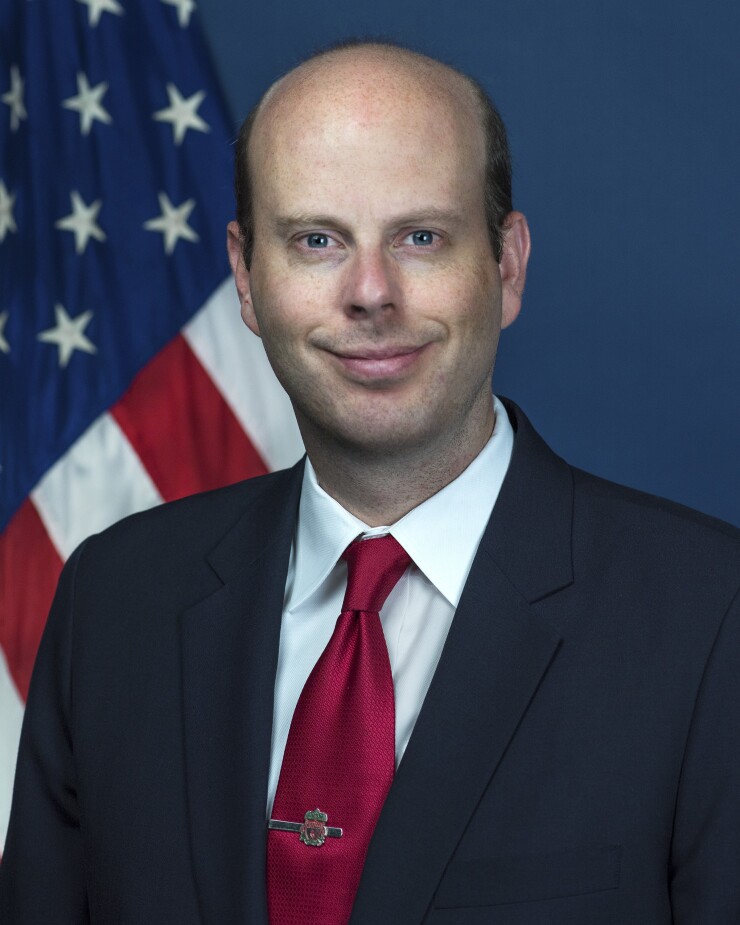Infrastructure funding creates challenges and opportunities
4 min read

As the Bipartisan Infrastructure Legislation hits the halfway implementation mark, federal officials are urging municipalities to lobby for a reauthorization.
The BIL, also known as the Infrastructure Investment and Jobs Act, promised over a trillion dollars of infrastructure funding to states, municipalities, and Native American tribes when it was launched in 2021.
The money comes with strings attached, including requiring local matching funds and a complex application process. Despite the challenges, the money has been flowing with some lawmakers and policy experts already looking for more.
FTA
“The bipartisan infrastructure law is a generational funding source, but it’s also a down payment on a comeback,” said Paul Kincaid, Associate Administrator for Communications and Congressional Affairs at the Federal Transit Administration.
“We’ve got to have another reauthorization bill that either matches or exceeds what we’ve seen here. In a few months, we’re going to invest in the largest engineering project in this country in one hundred years as we dig another tunnel under the Hudson River. The tunnel it’s replacing opened about the same time the Wright brothers took off.”
The comments came via a pair of panel discussions during the National League of Cities congressional city conference this week in Washington D.C.
In
The new tunnel Kincaid noted represents a major accomplishment of the BIL with
Smaller cities are leveraging bond financing combined with BIL money to solve transportation headaches caused by rail crossings.
The city of Monroe Michigan, which sits between Detroit and Toledo, Ohio has been trying since 2008 to untangle a major roadway that crosses a bridge and three sets of railroad tracks.
“We had done two different analyses of the three different grade crossings, knowing that something that had to be done, but we also knew it was going to be about $30 million,” said Mark Cochran, the city’s economic & community development director. “I had no idea how we were going to pay for it.”
The city’s engineering consultant tipped them off about a Notice of Funding Opportunity from the federal government which spurred an $80,000 feasibility study which led to an eventual approval of $24 million, leaving the city on the hook for $6 million. “Being a local government, we don’t just have $6 million laying around for when these opportunities arise,” said Cochran.
The shortfall was covered by a combination of sources including the city, the county, CSX and the Michigan Infrastructure Office which is a part of Democratic Gov. Gretchen Whitmer’s, Rebuilding Michigan program.
Rebuilding Michigan is backed by a $3.5 billion state trunk line bonding program that relies on existing gas tax revenues.
Other infrastructure success stories include a $200,000 grant which includes a $40,000 local match in Mission, Kansas to develop a comprehensive safety action plan which is the first step towards improving the city’s streets, sidewalks, and bike trail network.
Smaller communities facing expensive bridge fixes are learning that advance planning, which can be subsidized by the feds is the key to winning large federal grants. Mayor Bruce Teague of Iowa City, Iowa needs a $26 million bridge repair, but the first financial hoop was a $2.9 million design study.
“We thought if we can get some planning dollars it puts us in a better position when we apply for some construction funds,” said Teague. The city is strengthening its application by leveraging support from its representatives in Congress and the University of Iowa, which is based in town.
The feds in charge of awarding BIL money are anxious to give it out. Jennifer Mitchell, deputy administrator, Federal Railroad Administration, touts awarding funds to 170 projects, which includes $8.2 billion in funding for ten passenger rail projects.
In the Northeast corridor, they awarded out $16 billion to 25 different projects. The Consolidated Rail Infrastructure and Safety Program, which targets problematic rail crossings has racked up 70 awards along with 63 railroad crossing eliminations including the one in Monroe, Michigan.
On the award approval side, government officials caution applicants about crossing T’s and dotting I’s on the applications. “It’s a shame how many applications we receive that are incomplete, or were submitted to the wrong program,” said Mitchell. “We hate to see that happen.”
“We’re also going to be focusing a lot more on project readiness going forward,” she said. “We have seen people putting in applications just to see if it’s going to stick. If they get funding, they might say that they have the the non-federal match. And then they actually don’t have that funding fully committed.”







